Do you want dark brown eggs from your own backyard? Why not consider getting Welsummers, known for their pretty eggs and nice attitude? These chickens from Europe are popular all over because they look good and are friendly too.
They’re easy to take care of, making them perfect for anyone starting or those who already know their way around chickens. So, why not find out what makes Welsummers so special for chicken fans? Let’s explore!
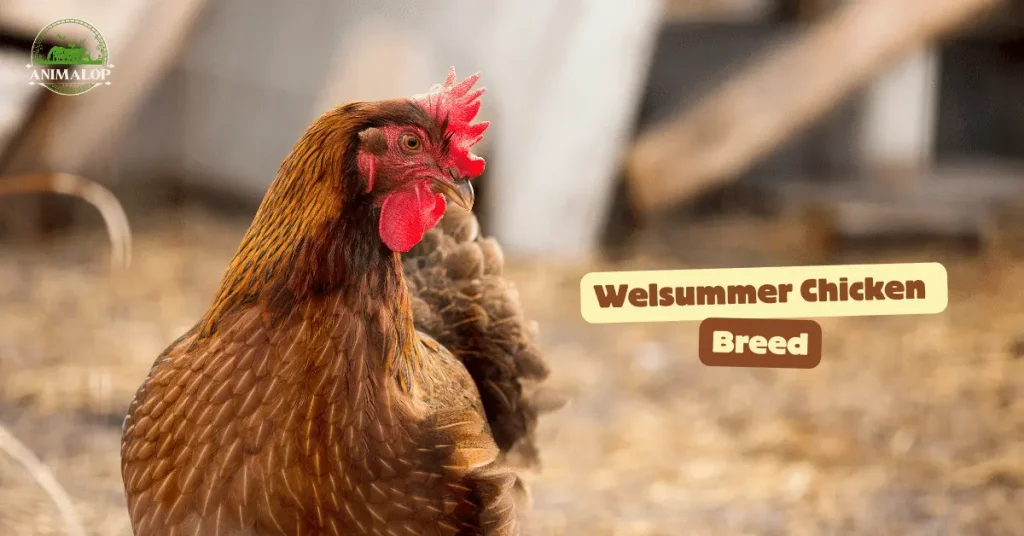
Welsummer Chicken: Quick Breed Profile
Welsummer Chicken History
The Welsummer chicken, derived from a place called Welsum in Holland, came to the US in 1928. In the 1930s, smaller versions called Bantam Welsummers were made in England and Germany.
This chicken became well-known beyond its Dutch and English roots. It arrived in the US early in the 20th century and got an official nod from the American Poultry Association in 1991. Since then, people who keep chickens in their backyards and small farms liked them for being good for both eggs and meat and for looking nice.
Their big moment was in 1921 at the World Poultry Congress in The Hague, Holland, where everyone liked their dark and sometimes speckled eggs.
At first, people chose Welsummers more for their egg color than for how they looked. In the 1920s, they worked on making them look more alike, including their feathers, legs, and eyes. They might have mixed them with other chicken breeds to improve them.
But even by 1930, Dutch and English Welsummers looked different. Back then, some thought they would lay a lot of eggs and be big meat birds, but that turned out not to be true. They’re seen as okay egg layers with beautiful eggs and not much use for meat.
Welsummers have been liked in the Netherlands, the UK, and Australia for almost 100 years. There’s even a story that Prince Charles has some.
They came to the US in 1928 but only got into the American Poultry Association’s standards in 1991. Part of the wait was because they didn’t all look the same.
Another reason was bad timing. When Welsummers were becoming a recognized breed, the chicken market was moving towards fast-growing meat chickens and chickens that lay a lot of eggs fast.
Welsummers, with fewer eggs and slower growth, didn’t fit in. Luckily, people are now getting interested again because they want colorful eggs.
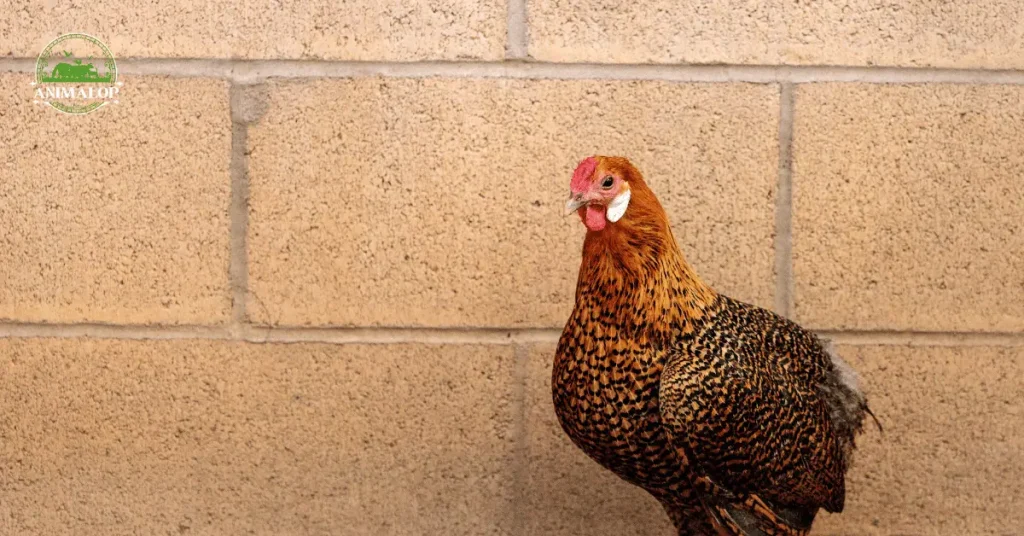
Welsummer Chicken Appearance
In the US, the American Poultry Association (APA) recognizes only one type of Welsummer chicken, which they call partridge. In their original country, they’re known as red partridge because of the deep red on their chest and the shiny, golden red on their head. But, outside of the Netherlands, their red color isn’t as bright. It often looks more gold, orange, or coppery.
Welsummers generally have red chests, golden heads and necks, and brown backs that fade to dark tails. The females have neck and back feathers that look like they have a lacy pattern, similar to henna tattoos. If their feathers have a spotty pattern, it’s usually seen as a flaw.
Welsummer males are the classic picture of a rooster. In fact, the Corn Flakes Mascot, Cornelius (Corny), was named after a Welsummer rooster. They have very deep red neck feathers with golden coppery backs.
The feathers on their underside are black with a green shine and have red spots. Their tail feathers are full, black with a green shine, and very glossy. They’re very colorful, like a bright patchwork quilt.
Both male and female Welsummers stand tall and are active. They have wide backs and big chests and tails. They have a single comb on top and medium-sized hang-down parts on the sides of their beaks (wattles).
Their ear parts are small, shaped like almonds, and red. White ears are seen as a mistake. They have short beaks, clean yellow legs, no eyebrows, and red, almond-shaped eyes.
Full-grown Welsummers are mostly kept for their dark-colored eggs, and sometimes for meat. Full sizes are about 4.5 pounds for young females (pullets), 6 pounds for adult females (hens), 5 pounds for young males (cockerels), and 7 pounds for adult males (cocks).
Welsummer Chicken Eggs
Welsummer hens are really good at laying eggs! They usually lay about 4 eggs a week, which adds up to 150-200 eggs in a year. About five to six months after they are born, they begin laying eggs.
Different chicken owners say they can lay between 160 and 250 eggs a year. Some people think that if a Welsummer lays a lot of eggs, it might not be a purebred.
Usually, you can expect them to lay about 160-180 eggs, but sometimes one might lay even more.
Like Sapphire Gem chickens, Welsummer chickens also lay rich brown color eggs, ranging from a dark reddish-brown to a lighter, clay-like color, and sometimes they have spots on them. The color gets put on the egg just before it’s laid, so if you rub it, the color might come off. Be gentle if you’re collecting these dark eggs to keep them looking nice!
Welsummer Chicken Broodiness
Welsummer chickens don’t like to sit on nests, so you won’t have to deal with them wanting to hatch eggs. Instead, you might need to find another chicken to take care of their babies, because Welsummers aren’t good at being moms.
If you want a chicken that’s a great mother, consider buying Ameraucana.
Hardiness
Welsummers are used to a cool climate, a bit damp, and often cloudy, but not really cold. Where I live in North Carolina, which is a bit warmer than their home, my chickens stay inside when it’s cold.
They often hide their feet under their feathers to keep warm and pick the warmest places to sleep during winter. This shows they’re not great at handling the cold.
Temperament
Welsummers are very chill, friendly, and easygoing chickens that fit perfectly into both city and country backyards. They’re fine with being picked up by their owners and are happy staying in a fenced area if you can’t let them roam free. If they do get to go out, they love looking around and finding things in the yard.
They’re calm but will let you know what they think, making them great pets for the backyard. They might not be the best choice if you have close neighbors. You can pick them up without them freaking out, but don’t do it too much or they might not be as happy to see you.
The roosters are nice and friendly, not the type to start trouble in the yard. However, they’re not the best at protecting the flock. They’re more likely to run away from danger than face it.
Cross Breeds
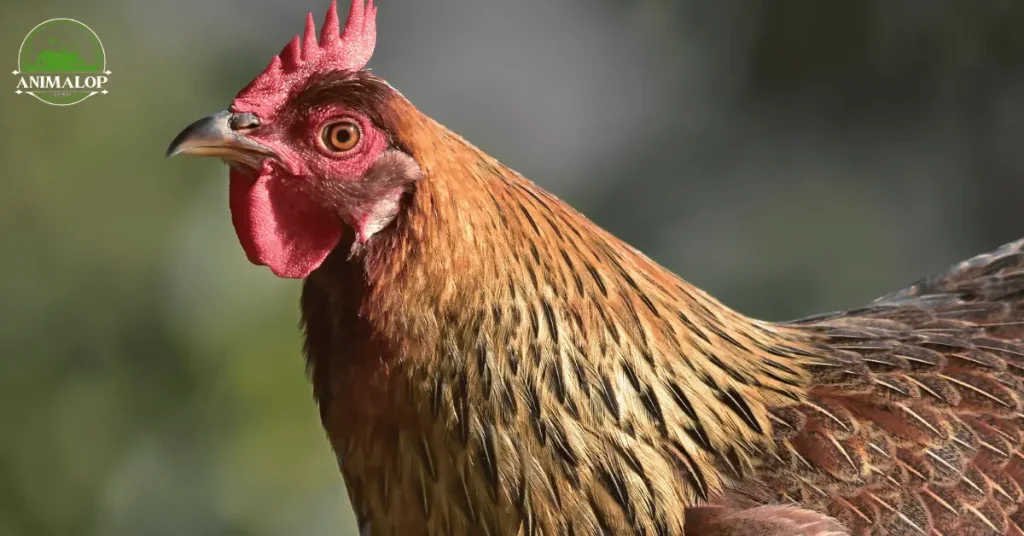
The exact breeds mixed to create the original Welsummers aren’t totally clear, but experts have made some educated guesses. These guesses enclose Partridge Wyandottes, Partridge Cochins, Malays, Brahmas, as well as Langshans.
Once people knew more about Welsummers, they mixed them with Barnevelders, Partridge Leghorns, and Rhode Island Reds. This was done to make their looks and traits more consistent.
Foraging Ability
Welsummers love getting out and looking for their own food in the yard! If they’re allowed to, they can pretty much take care of themselves when it comes to finding food. But if you don’t have enough space for them to wander, they’re also okay with staying in a smaller area.
Meat
Welsummers might take a little while to get to their full size after they grow up, but this slower growth makes their meat taste better. They have nice, lean meat on their chests that’s really good if you decide to cook them.
Health Concerns
Welsummers don’t have any special health problems. But, like any chicken with big combs (the red part on their head) and wattles (the dangly bits under their beak), you need to watch out for frostbite when it’s cold.
Welsummer Chicken Breed Feed Guide
Baby chicks should eat special food called chick mash or chick crumb. It’s made specifically for them and contains everything they ought to grow at the start.
When they’re about 6 weeks old, switch them to growers mash or pellets. This food has 15-16% protein.
Starting at 18 weeks, it’s time to give your chickens layer pellets because they’re about to start laying eggs. Layer mash and pellets have all the nutrients they need from this moment.
Adult Welsummers are good at finding their own extra food outside, and they’re pretty active. On average, they eat about 2.9oz (80g) to 4.2oz (120g) of food a day.
Welsummer Chicken Facts
- Welsummers come from Holland and are known for their dark brown eggs.
- They’re friendly chickens that don’t mind being picked up by their owners.
- Welsummers lay around 160 to 250 eggs per year, starting at about 5-6 months old.
- These chickens are not great at being broody or mothering chicks.
- Full-grown Welsummers are good at finding food on their own and eat about 2.9oz to 4.2oz of food a day.
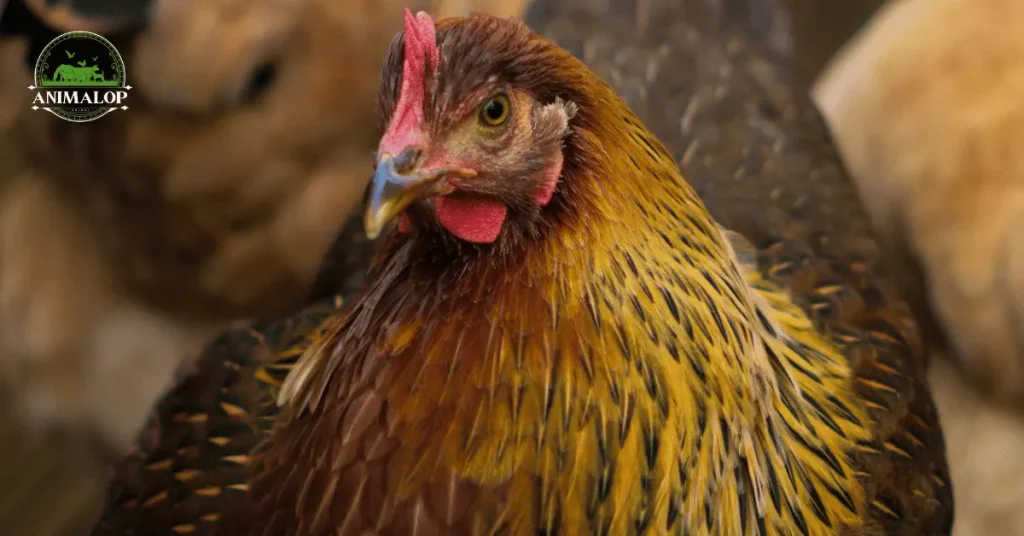

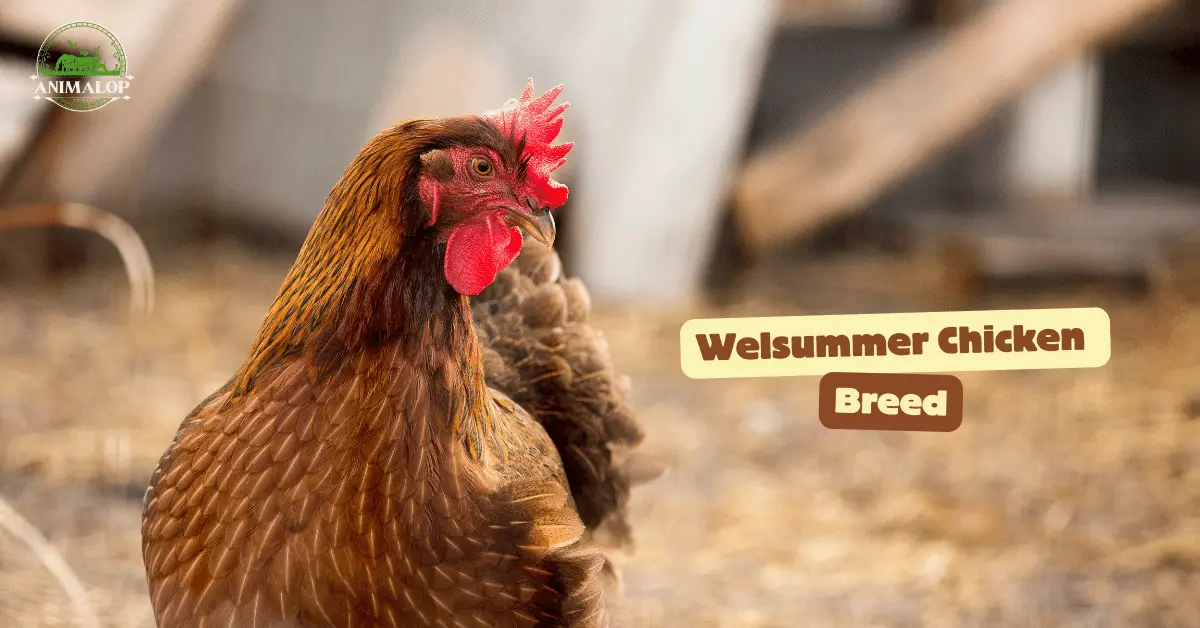
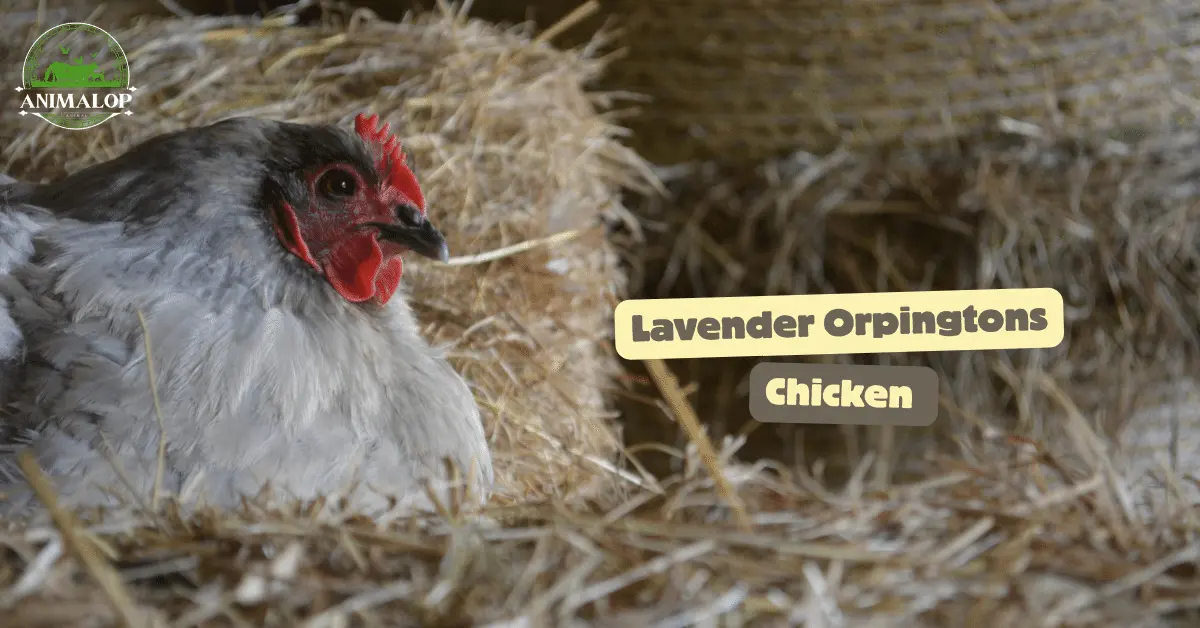
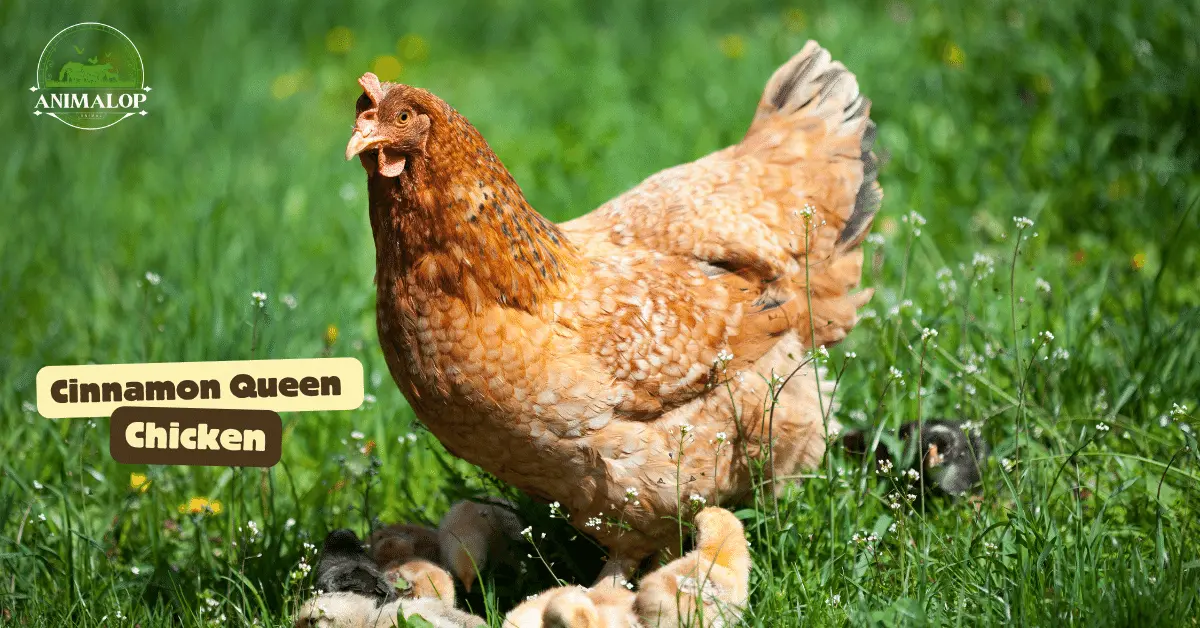
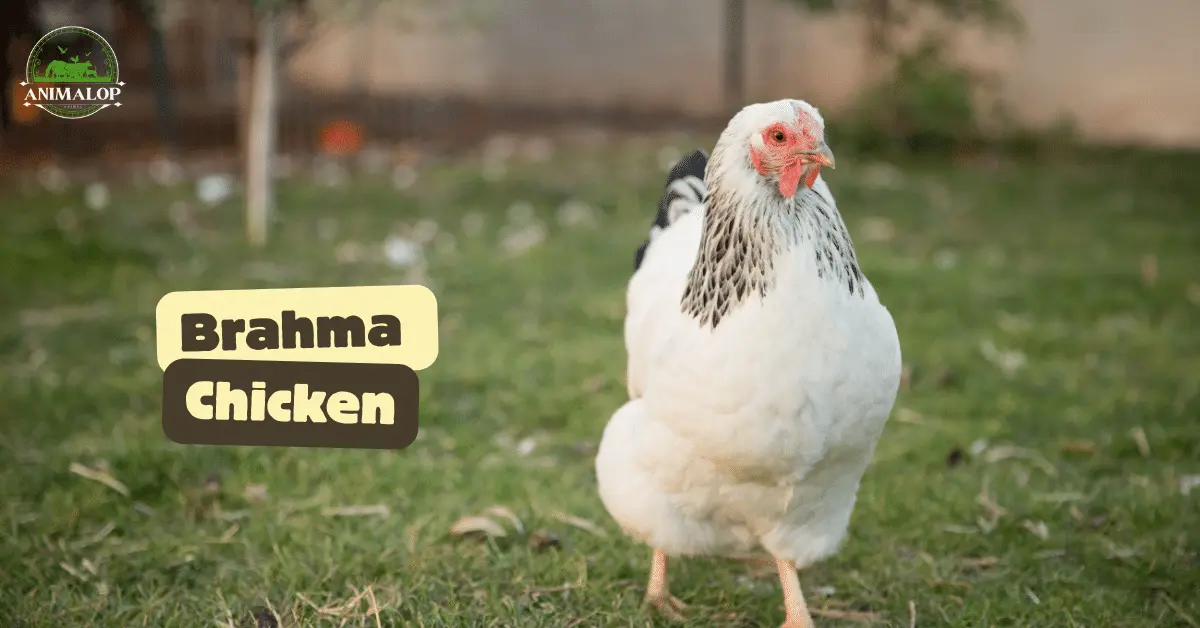
2 Comments on “Welsummer Chicken Breed: 5 Facts, Profile, & History”